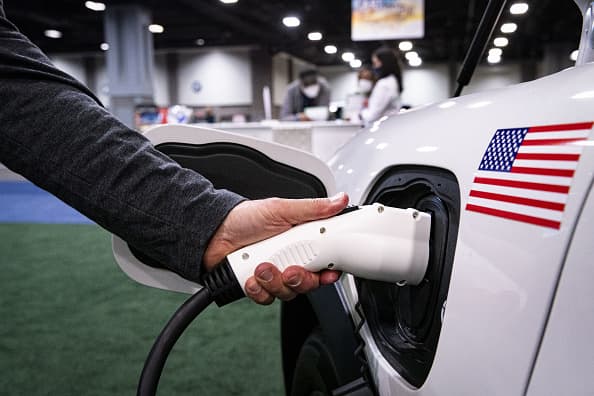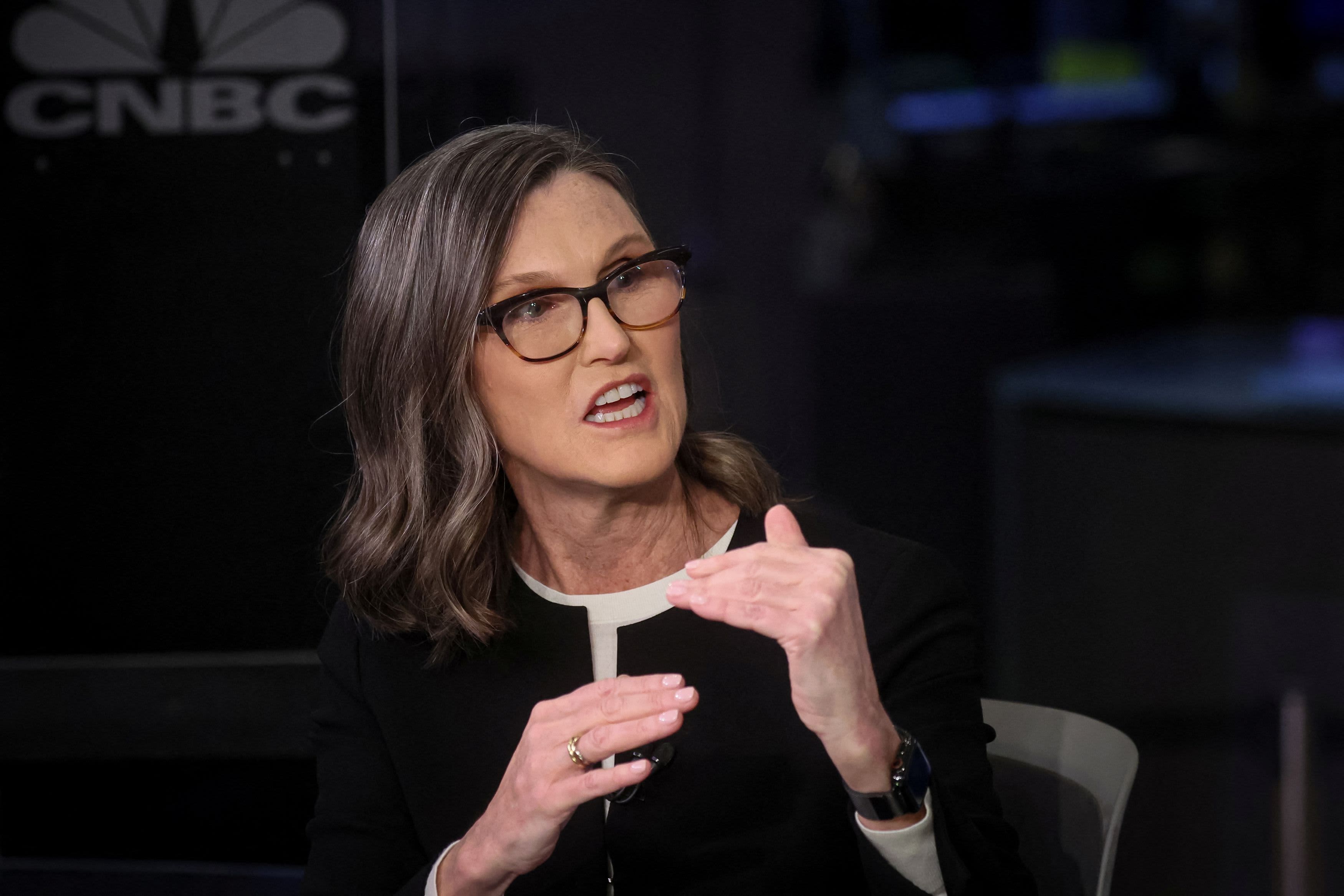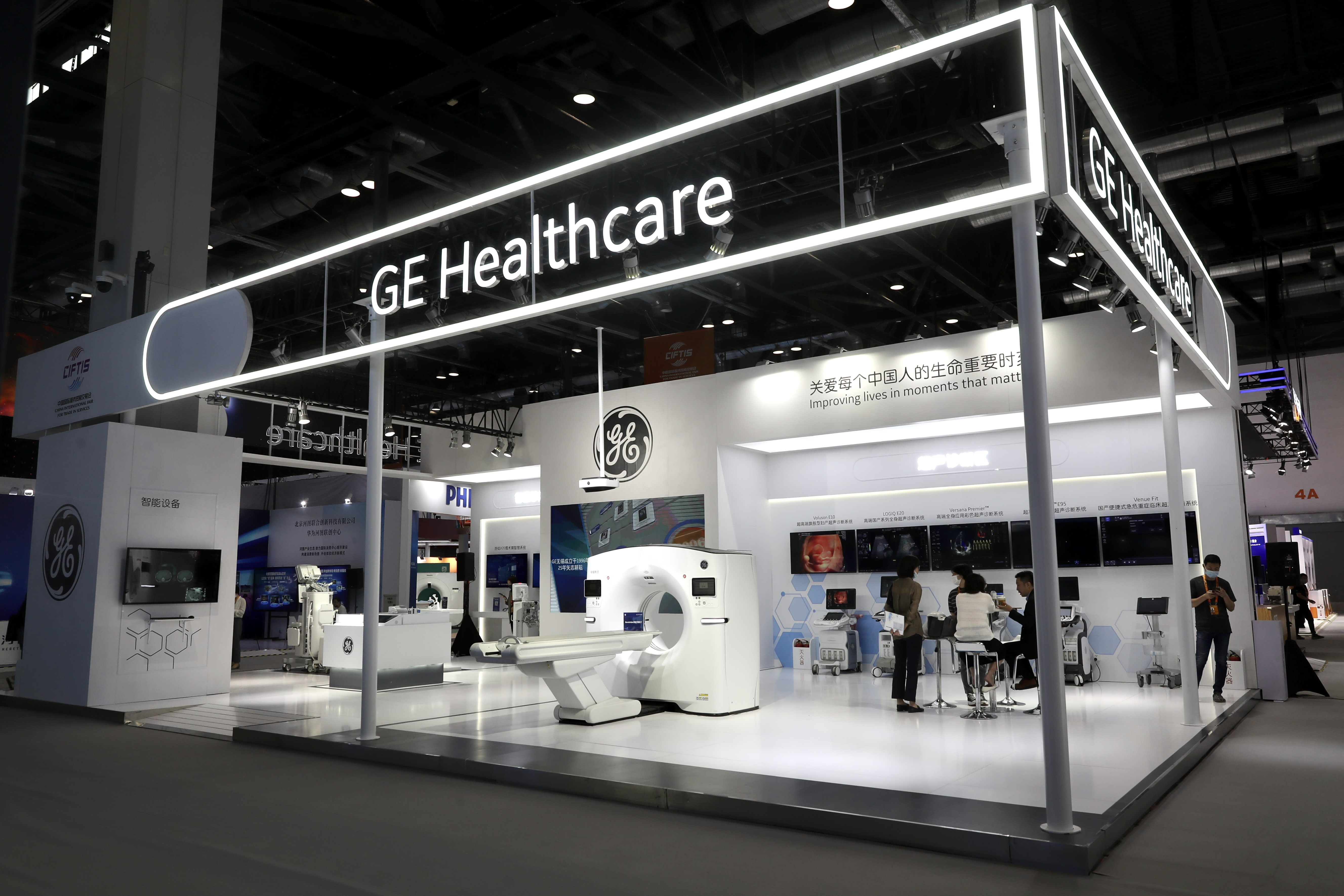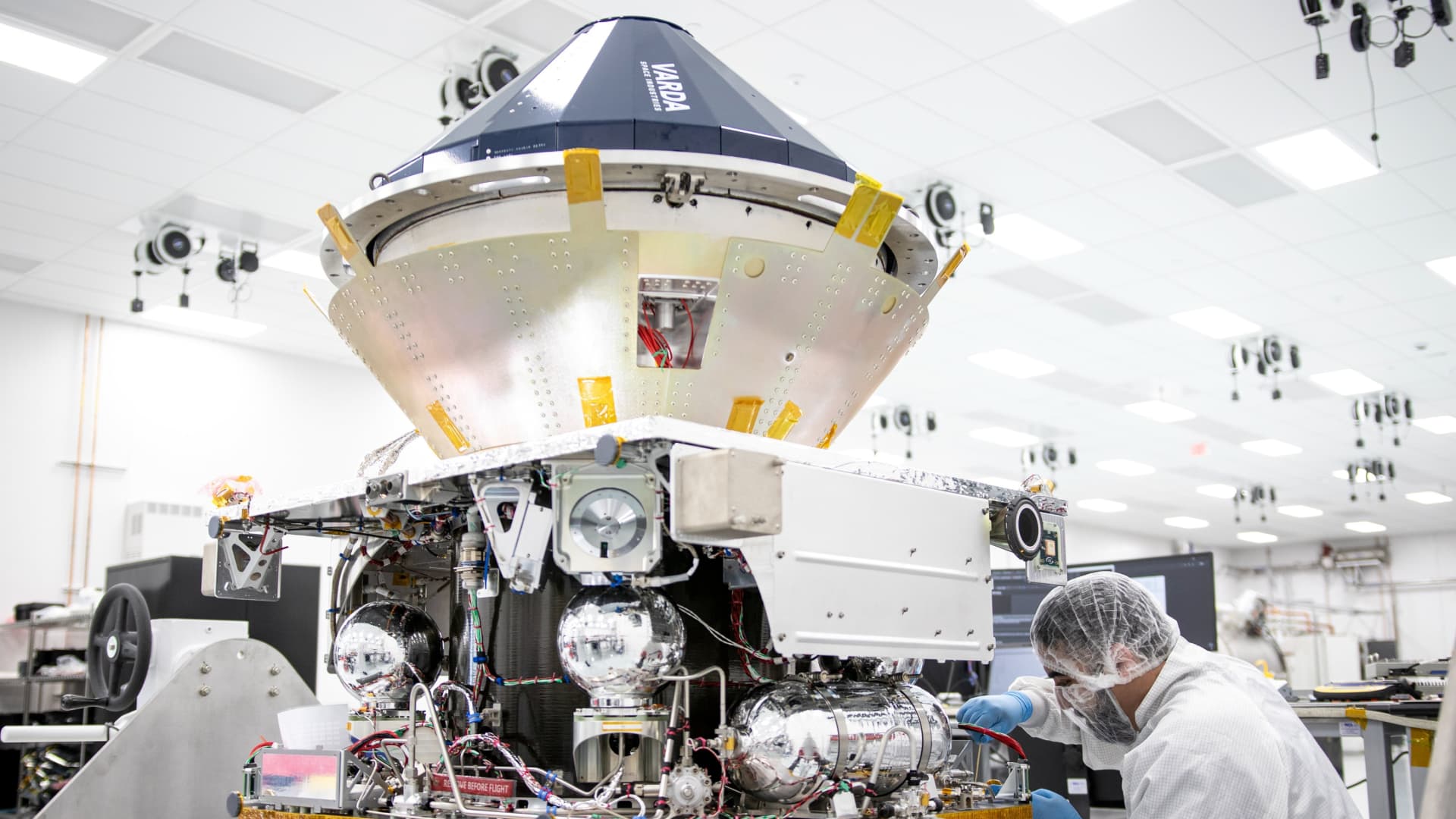In a matter of weeks, Ford Motor, General Motors and Tesla appear to have shifted the tide on electric vehicle charging infrastructure in North America.
Tesla owners have long enjoyed reliable charging away from home at the company’s Supercharging stations, the largest charging network in North America by far. But the charging industry at large has been fragmented, and non-Tesla owners haven’t had it as easy.
related investing news
All of that will soon change.
Last month, Ford announced it had made a deal with Tesla that will allow Ford EVs to use Tesla’s charging stations with an adapter – and that starting in 2025, it will make Tesla’s charging tech standard on its own EVs. It was a surprising partnership between rivals, and on Thursday, General Motors said it struck a nearly identical deal with Tesla.
So why would Ford and GM join forces with Tesla, a company long seen by investors as a threat to the established automakers?
And what does it mean for EVs?
Unified charging
Tesla’s Superchargers use a proprietary plug design, called the North American Charging Standard, or NACS, that doesn’t work with non-Tesla EVs. Most other EVs and charging stations in the U.S. use the public-domain Combined Charging System (CCS) plug standard.
Currently, Tesla EVs can use CCS chargers with an adapter, but only Teslas can use NACS chargers.
That means while Tesla owners have access to the company’s plentiful and reliable fast-charging stations, drivers of non-Tesla EVs that use CCS have faced a mishmash of networks and often-unreliable equipment.
The shortcomings of CCS have been a growing concern for Detroit automakers as they ramp up EV production in hopes of selling their electrified models to the masses.
In a study last year, researchers at the University of California at Berkeley checked 675 CCS fast chargers in the San Francisco Bay Area and found that almost a quarter of them weren’t functional. An August 2022 study by JD Power found similar results for CCS chargers in other parts of the country. Notably, it also found Tesla’s charging network to be much more reliable.
Tesla originally built the Supercharger network to overcome potential buyers’ concerns about charging on road trips. The extent and reliability of its fast-charging network was a key component of its early sales pitch to customers nervous about going electric — and it has been a key component of the company’s success in the U.S. since.
In contrast, the spottiness and less-than-stellar reliability of the CCS network has been a challenge for Ford and GM (and other automakers) as they aim to ramp up sales of their own EVs.
Potential buyers of a Ford or GM EV might like what they experience on a test drive, but without a reliable charging network, both have been at a disadvantage to Tesla. These new deals should go a long way toward leveling the charging playing field.
Another reason to favor Tesla’s NACS standard over CCS: Tesla’s plugs are considerably smaller and lighter than the CCS fast-charging plugs, which can be cumbersome for older or disabled drivers to use.
With both Ford and GM eager to win customers who are new to EVs, improving accessibility is a high priority.
Shortcut savings
For automakers like Ford and GM that are betting billions on a big shift to EVs, reliability issues with CCS chargers have been seen as a potential barrier to wider adoption. GM said in 2021 that it planned to spend $750 million to improve EV charging infrastructure in the U.S. and Canada.
But then Tesla opened up the NACS standard last November, publishing the technical specifications and inviting charging network operators and other automakers to use its plug design.
For both Ford and GM, that change offered a shortcut – and the potential for big savings.
“We think we can save up to $400 million in the original three-quarter of a billion dollars that we allocated to this, because we’ve been able to do it faster and more effectively,” Barra said in a Thursday interview with CNBC’s ”Fast Money” after announcing the Tesla deal.
For Ford CEO Jim Farley, these deals also signal what he sees as a new era of collaboration between automakers that goes beyond individual components.
“We [worked with other automakers] on transmissions and engines without anyone noticing in the ICE world,” Farley said at a Bernstein conference on May 31. “Now, it’s going to be more on the technology side. I think that’s one of the most interesting new dynamics.”
What about Tesla?
So what does Tesla get out of the deal to let its competitors use its superior charging network?
The EV leader will certainly enjoy the added revenue it receives from Ford and GM EV owners each time they charge at a Supercharger station.
It’ll also enjoy the implicit endorsement of its technology by long-established rivals, and it’ll likely seek a share of the public EV charging subsidies made available under last year’s Bipartisan Infrastructure Law.
But the agreements don’t mean Tesla will win a monopoly on public charging in the U.S., even if all automakers eventually adopt the NACS standard.
The EV giant’s decision to make the NACS standard public means that rival charging network operators are also free to add chargers with NACS plugs – and they almost certainly will.
In fact, key players are already responding in the wake of the Ford and GM deals. Swiss electrical-equipment giant ABB, a leading maker of commercial EV chargers, said on Friday that it will soon offer NACS plugs as an option on its products. FreeWire Technologies, a California-based startup building fast chargers, announced similar plans after Ford’s deal with Tesla last month.
Tesla’s primary motivation – at least in public – may be even simpler.
“Our mission is to accelerate the world’s transition to sustainable energy,” said Rebecca Tinucci, Tesla’s senior director of charging infrastructure, in a statement announcing the GM deal on Thursday. “Giving every EV owner access to ubiquitous and reliable charging is a cornerstone of that mission.”











